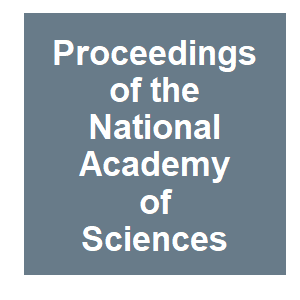Standardizing the Definition of Gene Drive

|
L. S. Alphey, A. Crisanti, F. Randazzo and O. S. Akbari,
Proceedings of the National Academy of Sciences,
202020417.
2020.

Gene drive has become a hot topic in the popular press and the scientific literature, yet little consensus vocabulary on the subject exists. As members of the gene drive community, we have developed a set of definitions to help stakeholders discuss the topic and communicate using a common understanding of terms. A standard consensus definition of gene drive and a glossary of terms, noted here, will be of great use to a field that has implications for both researchers and the general public. If we don’t clarify these terms, we risk hampering the field, confusing the public and thereby risk the potential loss of a technology that may help solve some of the world’s most intractable problems in public health, conservation and food security.
Excerpt from the paper: “The following definitions have been agreed upon by the signatories and are proposed for widespread use… Gene drive: “Gene drive” is used both to describe a process or phenomenon (the biological activity of gene drive) and to describe an object (“a gene drive”). The term sometimes is also used to describe a management tool or intent for product development or regulatory purposes.
Less technical version: A gene drive is a process that promotes or favors the biased inheritance of certain genes from generation to generation
Less technical version: A gene drive is any genetic element able to bias its inheritance within a population.
Less technical version: A gene drive is a tool to effect certain changes in a population.” More related to this: Principles for gene drive research Gene drives: The good, the bad, and the hype Gene drives accelerate evolution – but we need brakes Gene Drives: Experience with gene drive systems that may inform an environmental risk assessment Gene Drives – Wundermittel? Biowaffe?
|


 Loosely, gene drive refers to a phenomenon whereby a particular heritable element biases inheritance in its favor, resulting in the gene becoming more prevalent in the population over successive generations. Thus, the gene is being “driven” to progressively increase its frequency in the population. Biasing inheritance may involve, for example, more than the familiar Mendelian 50:50 inheritance chance, or reducing the fitness of alternative genotypes without directly distorting Mendelian inheritance. Highly efficient gene drives can bias inheritance so heavily in their favor that the heritable element can rapidly reach high frequency, close to doubling its frequency from one generation to the next. The speed of this process is inversely correlated with generation time (for example, mosquitos have a generation time of 2-4 weeks, rats have a generation time of 12 weeks, while whale species can have generation times of >50 years). However, in all cases, acquisition of the heritable element is expected to occur much faster than with more conventional types of genetic change driven by natural selection.
Loosely, gene drive refers to a phenomenon whereby a particular heritable element biases inheritance in its favor, resulting in the gene becoming more prevalent in the population over successive generations. Thus, the gene is being “driven” to progressively increase its frequency in the population. Biasing inheritance may involve, for example, more than the familiar Mendelian 50:50 inheritance chance, or reducing the fitness of alternative genotypes without directly distorting Mendelian inheritance. Highly efficient gene drives can bias inheritance so heavily in their favor that the heritable element can rapidly reach high frequency, close to doubling its frequency from one generation to the next. The speed of this process is inversely correlated with generation time (for example, mosquitos have a generation time of 2-4 weeks, rats have a generation time of 12 weeks, while whale species can have generation times of >50 years). However, in all cases, acquisition of the heritable element is expected to occur much faster than with more conventional types of genetic change driven by natural selection.
